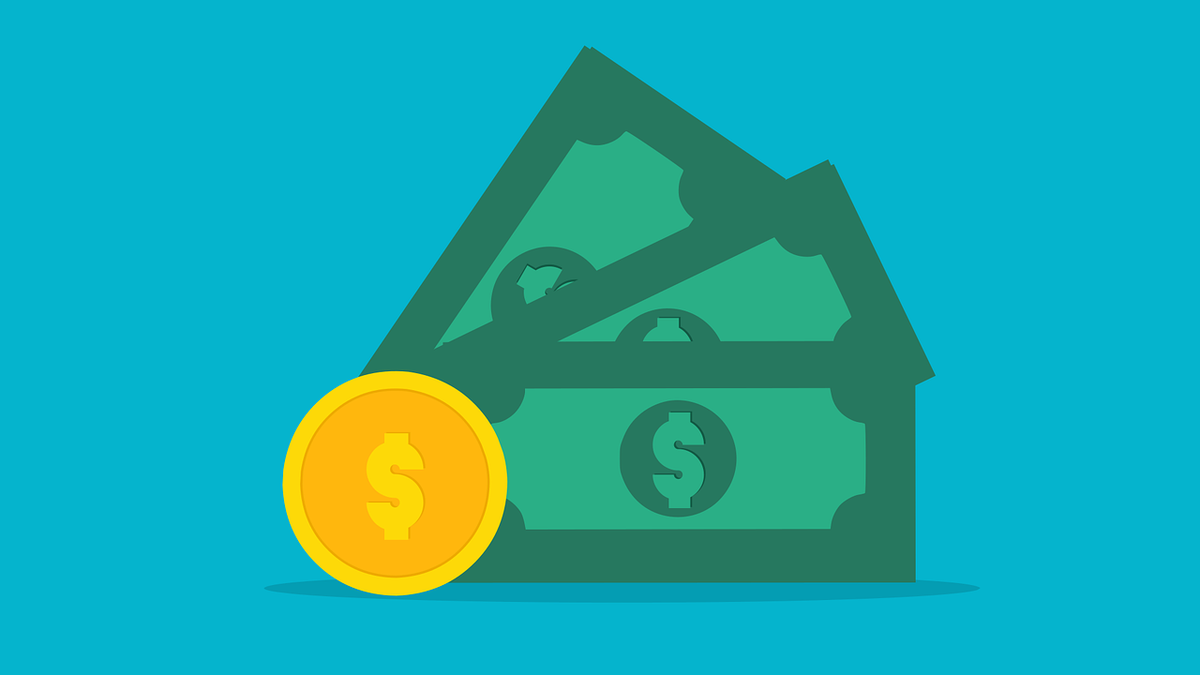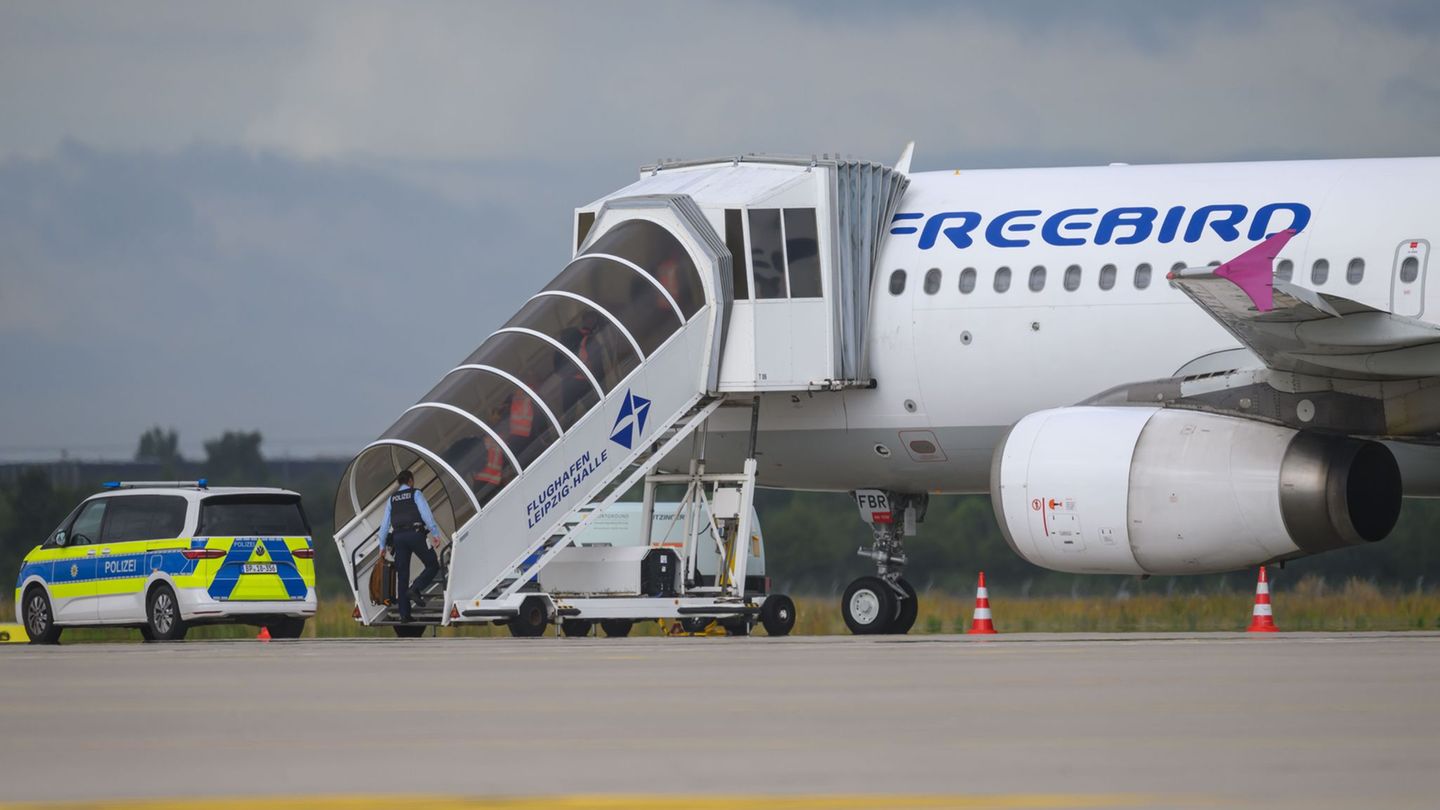Government spending (in the abstract) and monetary issue are always the two sole and exclusive offenders responsible for inflation. So, compressing spending, holding up monetary expansion is the standard recipe, which actually stops growth and employment, always resulting in a recessive assault that invariably collides against the industrial, union and social gleba, the true objective of dismantling.
Between July and December 2019, US$21.1 billion of Treasury bills matured. According to the second agreement with the IMF, with the disbursements of the organization and a renewal of 50% of the maturities of Letes, all the dollars and pesos coming from the sale of US$ 9.600 million from the Treasury, authorized by the IMF, would be settled. to cover the debt.
The government was achieving the refinancing of half of the local debt, the renewal of Letes in pesos that, in a brutal collapse, paused and then rebounded to more than 100% at the end of June, when around $77,000 million were due. even managing to locate $22,300 million, over 13 months, delaying the problem for the next president to resolve.
In the support scenario of the consultancies that always confuse forecasts, if the advantage that the Peronist opposition achieved in the PASO did not exceed 6 points, they would have enough money to finance a primary deficit and debt payments. That did not happen, we will see later how the default (reprofiling) of the public debt in pesos would arrive, in August 2019, with the resignation of Dujovne and the arrival of Hernán Lacunza.
As part of the placement of bills in pesos were being integrated with dollars, they could generate a lack of pesos, which could force them to sell the dollars received with the placement of Letes in pesos, as they had already done in June when the BCRA printed $ 17,300 million to buy from the Treasury the dollars that were expressly prohibited in the first agreement with the IMF.
In the economic team they speculated that the IMF, extremely friendly with Macri, might allow it. Regarding the placement of Letes in dollars, in the tenders they comfortably exceeded the renewal percentage of 50%, although they were paying extremely interesting rates to continue the party. So much so that on June 25, 2019, Letes for US$850 million expired and the government managed to place US$1,315 million, with 100% renewals and another 55% more. Also with dollars, the government was expected to continue renewing a higher percentage of bills than the theoretical refinancing included in the government’s financial program with the second IMF agreement.
TARGET: 2% INFLATION FOR THE ELECTIONS
Inflation had begun to show signs of slowing down, the first days of July 2019 it was expected to be less than 3% but more than 2% in June. The optimistic BCRA forecasters lowered the inflation expectation for the next twelve months to 30%.
They spurred the possibility that inflation would drop to 2% per month “in the second semester.” The second semester became famous with Cambiemos.
If the exchange market did not experience a jump in the dollar, they said, there was a chance that inflation would exhibit a downward trend. The lower inertia due to lower past inflation, the freezing of utility rates and a contractive zero-issue monetary program, would lead us to slightly lower its own inflation projection for the whole year 2019 from 40% to 38%, and the possibility that one month it would exhibit a monthly inflation of 1% cannot be ruled out. They were in the middle of a campaign of disinformation and electoral concealment.
They spoke of a slight recovery in economic activity, an exchange market without volatility, a reasonable renewal of Treasury bills, and inflation with a declining trajectory. They thought that the sophistry would improve the electoral possibilities of the deteriorated president Mauricio Macri.
They outlined that if the economy was not a detrimental factor, the outlook would be more encouraging. But the image of the government had been deteriorating revealingly with the fluctuations of the dollar and the fear of an exchange explosion, the country risk when everything seemed to explode, reached 1,000 points, with inflation of 4.7% in March 2019, which it had raised the chances of an inflationary escalation.
With a sharp fall in the real demand for money, it was easy to meet the goal of zero growth of the monetary base, but the demonetization stopped around November 2018 and since then the real quantity of money has remained constant. This implied that the nominal demand for base money in banknotes and non-remunerated reserve requirements was growing at the same rate as the rate of inflation, while the supply of base money was not growing.
If every month deposits grew like inflation and non-remunerated reserve requirements rose, the BCRA would have to increasingly place Leliq to meet the goal of zero expansion of the monetary base supply. But if deposits increased and banks had to integrate more reserve requirements, there would not be enough pesos for banks to demand more Leliq. Therefore, the price would collapse and the interest rate of the Leliq would increase sharply.
The reality was that seasonally adjusted, the monetary base was not fixed, but grew a lot, and the increase in the supply of monetary base helped the greater demand for monetary base. The average monetary base of December 2018 ($1,337,000 million) was equivalent in seasonally adjusted terms to ($1,272,000 million), when the monetary base of June 2019 was ($1,342,000 million), refined from seasonal elements, was equivalent to ($1,415,000 million). In other words, the seasonally adjusted monetary base supply grew more than 11% between December 2018 and June 2019.
Private sector deposits grew, but public sector deposits fell. Therefore, the total demand for base money did not escalate to the magnitude that private deposits envisioned, but below. In May 2019, to meet the monetary base goal without having to raise the Leliq rate to absorb pesos, the BCRA got the Treasury to deposit $41,000 million in its BCRA account, sterilizing the monetary base. However, without the collaboration of the Treasury, his account at the BCRA was not going to continue to increase, in a context where the real demand for money had stopped falling. The only way for the BCRA to meet the “zero” monetary base expansion goal, without increasing the Leliq rate, was through a strong reduction in non-remunerated reserve requirements, which would be allowed by an IMF that would do anything. thing to support Macri, without having a terminal crisis.
Without a reduction in non-remunerated reserve requirements, the increase in the demand for the monetary base due to the increase in deposits would imply a reduction in the demand for Leliq, with the consequent fall in its price and increase in the interest rate, which will undoubtedly it would deepen the recession, trigger unemployment and eventually a social crisis. But they weren’t afraid of the context, they weren’t seeing the big picture, because in their limited perspective, it all comes down to government spending and monetary expansion.
Director of the Hope Foundation. https://fundacionesperanza.com.ar/ Graduate Professor UBA and Masters in private universities. Master in International Economic Policy, Doctor in Political Science, author of 6 books
Source: Ambito
David William is a talented author who has made a name for himself in the world of writing. He is a professional author who writes on a wide range of topics, from general interest to opinion news. David is currently working as a writer at 24 hours worlds where he brings his unique perspective and in-depth research to his articles, making them both informative and engaging.




